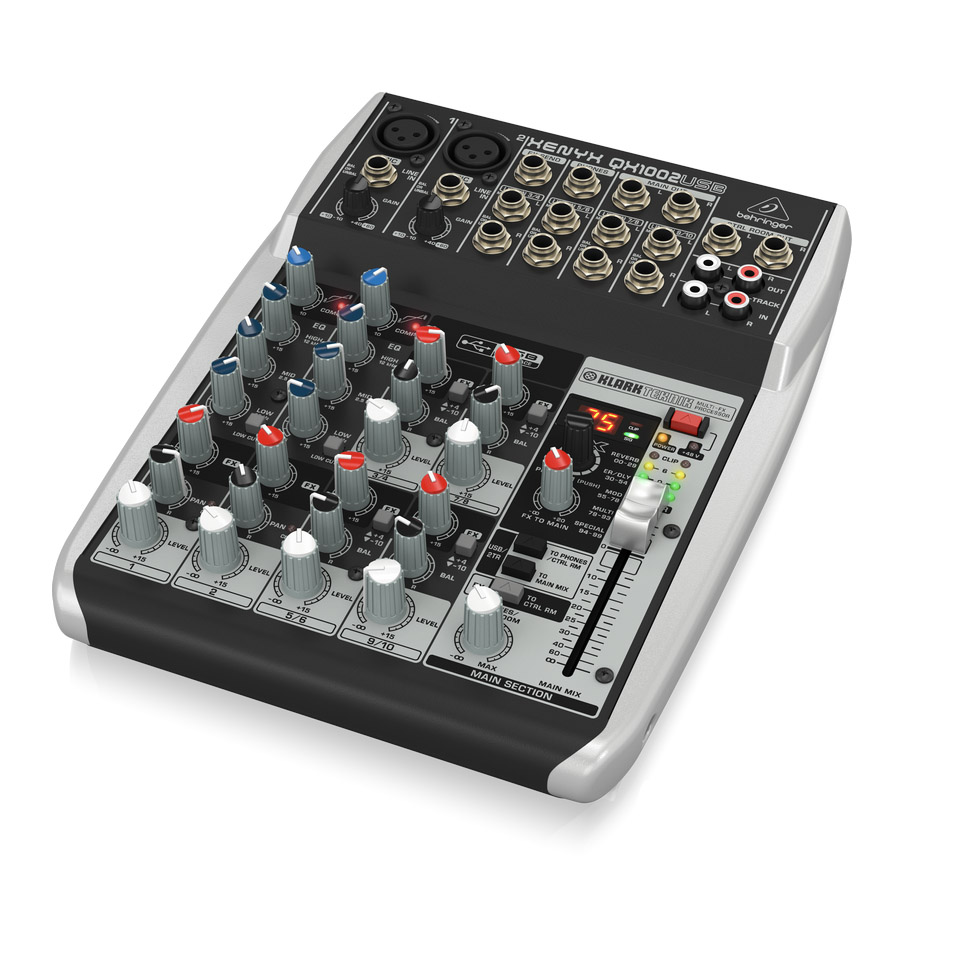

- 2 BUS COMPRESSOR MIXER SIGNAL PATH HOW TO
- 2 BUS COMPRESSOR MIXER SIGNAL PATH FULL
- 2 BUS COMPRESSOR MIXER SIGNAL PATH PRO
When parallel processing the full mix using a master bus one method is to create a send on the master bus, route it to another bus/ aux channel, and then output both the mix bus channel and the parallel mix bus channel to the final stereo output. Parallel processing can be set up with a send or with duplicate audio tracks or duplicate bus input channels. The basic idea is that you create a duplicate audio signal running alongside the original, which you enhance in some way, and then blend in with the original unenhanced signal. Parallel processing is a great technique that works not only on instrumental or vocal subgroups but in many cases on the full mix. The Master Bus (mix bus) fader (in yellow) controls the level of the full mix before it reaches the first plug-in on the Stereo Output channel.
2 BUS COMPRESSOR MIXER SIGNAL PATH PRO
Savvy Pro Tools users may know that a Master Fader in Pro Tools already controls the level *before* the plugins, but the procedure described here may still simplify your workflow. But the mix bus approach allows you to visually monitor your full mix levels as you work. Sure, you could simply place a gain-type plug-in in the first slot of your stereo output channel strip to attenuate (or boost) the gain there. Routing to a mix bus before this processing stage allows you to easily control the level being sent to the first plug-in on the final stereo output channel. You can see (hear) why it is important to have control over the level of the signal that reaches the first plug-in in your final effects chain. This means that if you send more level into a vintage tape machine plugin, it will saturate more than if you send less level into it. Some plug-ins, (like vintage compressors and tape modeling plug-ins, emulate analog circuitry, including their reaction to input and output levels.

The idea here is that we can control how hard we hit the mix bus processors. It can still be beneficial to have a fader that controls the overall level arriving at this Stereo Output or Master Fader. Let’s also assume you are inserting your mix bus processing on your Stereo Output fader (Logic) or Master Fader (Pro Tools). Let’s assume you have a way to check your mix in mono. Better Gain Staging Into Your Mix Bus Processing Pro Tools and other DAW users should review this article for more info on setting up mix busses.Īt the top of the Stereo Output channel (highlighted in yellow), you can toggle between mono and stereo while preserving the mix bus processing on the Master Bus channel. This way, all your stereo processing is included in the “mono testing” when toggling between mono and stereo.

By routing your mix to a dedicated mix bus you can insert your mix processing there and then simply toggle your “Stereo Output” fader between stereo and mono.
2 BUS COMPRESSOR MIXER SIGNAL PATH HOW TO
If you aren’t sure how to do this, we have an article about it. In Logic Pro X, the “Stereo Output” fader is the final output fader, but you should also create a stereo mix bus with a stereo Aux Channel. The ability to do this easily ensures you don’t get too deep into your mix before realizing there may be problems you need to fix. The best way to check for proper mono compatibility is to occasionally toggle your mix back and forth between mono and stereo during the mixing process. Certain effects or stereo processing, like chorus, phasing, flanging, doubling, and stereo imagers can cause certain sounds or frequencies to disappear when the mix is folded down from stereo to mono.
_zoom.png)
A mix will always sound somewhat different in mono, but we don’t want the important instruments or vocals to disappear or weaken too much. We hear the term “mono compatibility” often, which means that the mix should sound basically the same in mono as in stereo. Most DAWs do not have convenient built-in studio monitor functions, so we will cover that situation here.Ĭhecking your mix in mono can be an important step of mixing. A few DAWs, like Cubase Pro and some consoles, like UAD’s Console and some monitor controllers provide for a mono monitor function. What isn’t always easy, however, is momentarily switching between stereo and mono on the final output. This is easily done in most DAWs by inserting effects processors on the stereo output channel. It is common practice to incorporate some stereo mix bus processing on the full mix during the mixing process. Easy Summing to Mono to Check Mono Compatibility These techniques are representative of the workflow in Logic Pro, but can easily be applied to any DAW. This is a simple signal flow that generally works well, but there are advantages to mixing through a master subgroup bus before it reaches the final stereo output. Most DAWs default to routing channels in your mixer directly to a physical/monitor output.


 0 kommentar(er)
0 kommentar(er)
